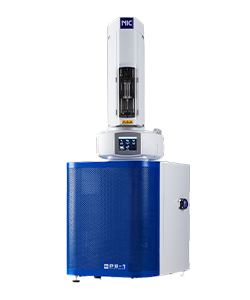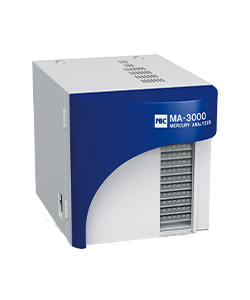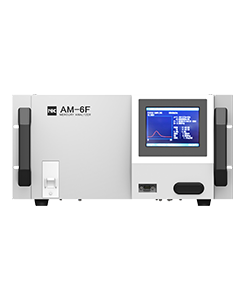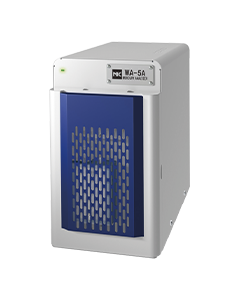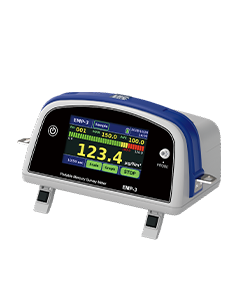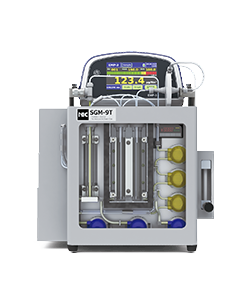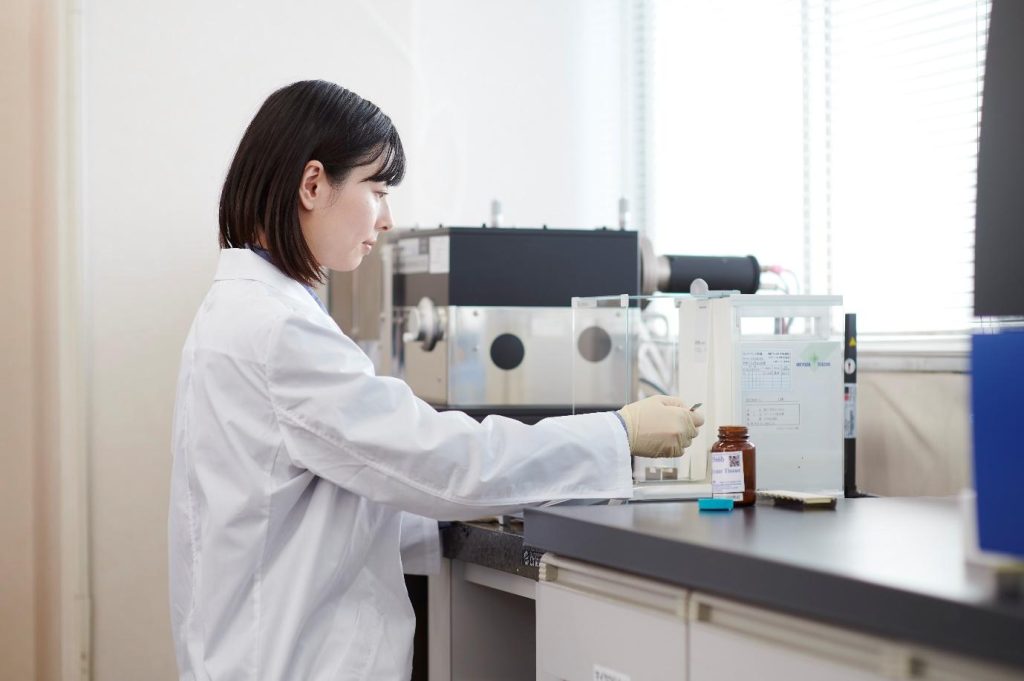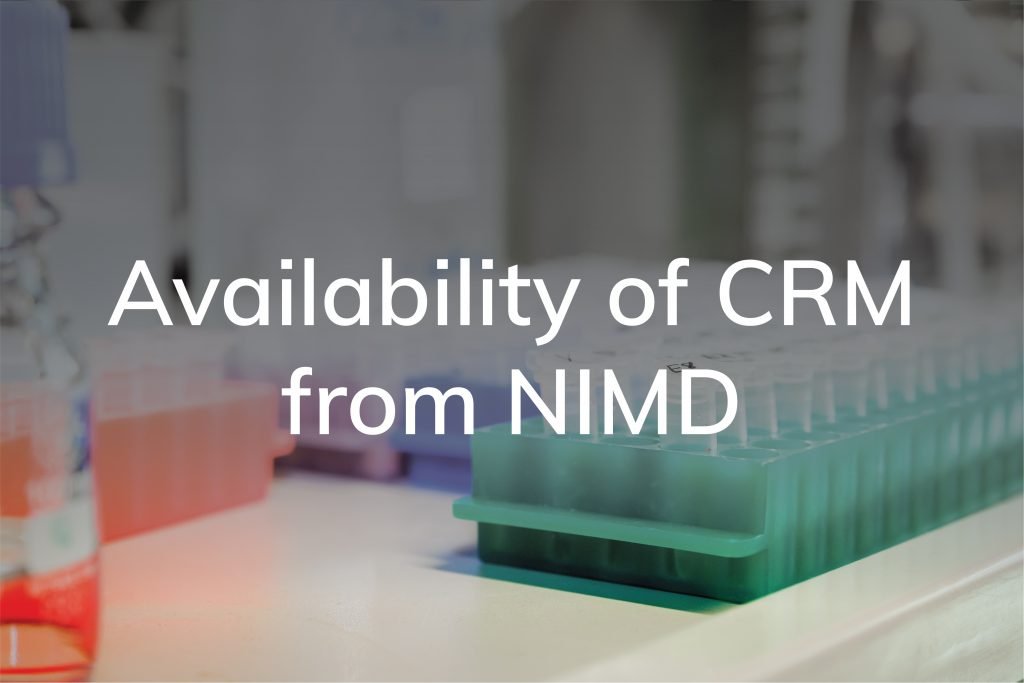Resources
Dive Deep into
The Application Data Centre
Dive Deep into
The Application Data Centre
Explore our in-dept application and technical notes by application and product.
Learn moreDistributors
Our Authorized Distributors
Are Ready To Help
Our Authorized Distributors
Are Ready To Help
From selecting the right mercury analyzer to after-sales support, we have over 30 authorized distributors appointed worldwide to help you.
Get a Free ConsultationTestimonials
We Love to Hear
Your Voices and Stories
We Love to Hear
Your Voices and Stories
Head over to see what our customers say about our products and services
Take me thereResources
Dive Deep into
The Application Data Centre
Dive Deep into
The Application Data Centre
Explore our in-dept application and technical notes by application and product.
Learn moreDistributors
Our Authorized Distributors
Are Ready To Help
Our Authorized Distributors
Are Ready To Help
From selecting the right mercury analyzer to after-sales support, we have over 30 authorized distributors appointed worldwide to help you.
Get a Free ConsultationTestimonials
We Love to Hear
Your Voices and Stories
We Love to Hear
Your Voices and Stories
Head over to see what our customers say about our products and services
Take me thereResources
Dive Deep into
The Application Data Centre
Dive Deep into
The Application Data Centre
Explore our in-dept application and technical notes by application and product.
Learn moreDistributors
Our Authorized Distributors
Are Ready To Help
Our Authorized Distributors
Are Ready To Help
From selecting the right mercury analyzer to after-sales support, we have over 30 authorized distributors appointed worldwide to help you.
Get a Free ConsultationTestimonials
We Love to Hear
Your Voices and Stories
We Love to Hear
Your Voices and Stories
Head over to see what our customers say about our products and services
Take me there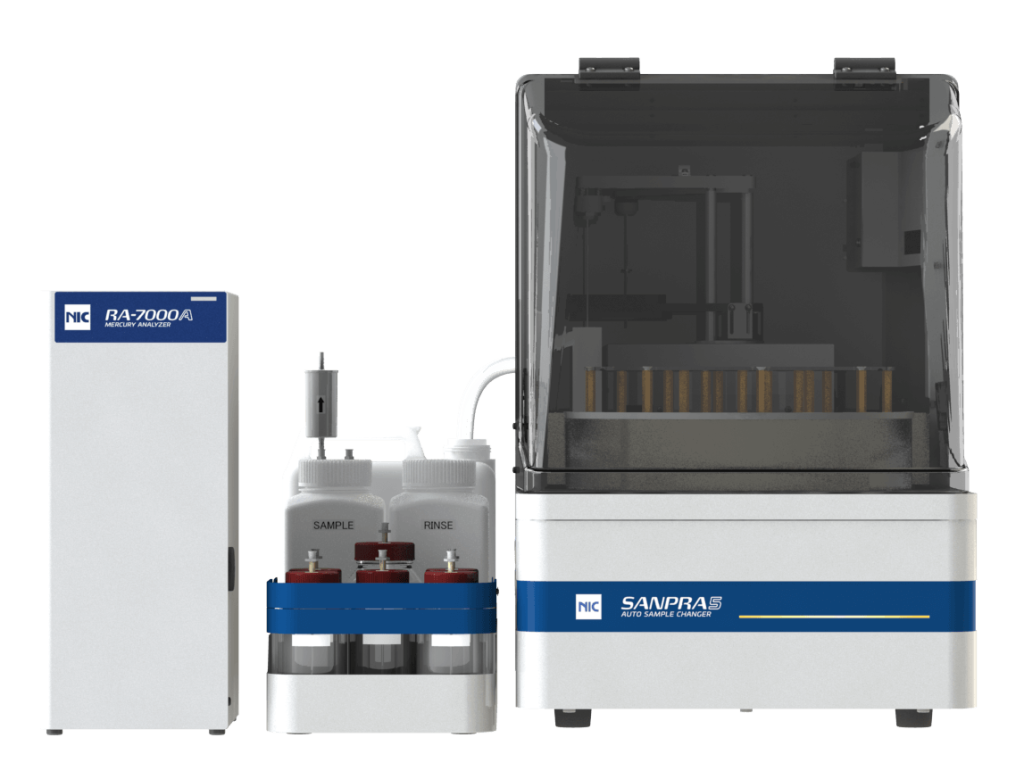
RA-7000A
CVAAS Mercury Analyzer With Seamless Automation
Latest innovation from NIC.
Award Wining Mercury Analyzer that offers flexibility, precision and accuracy all at once.
Award Wining Mercury Analyzer that offers flexibility, precision and accuracy all at once.
Dive into the Globally-Trusted Range of NIC Mercury Analyzers

Scan the QR code to submit your testimonial easily
We'd love to hear from you!
NIC Users Testimonials
Do you have feedback to share? We’d love to hear your experience with NIC products. Your insights help us improve and continue delivering excellence.

Scan the QR code to submit your testimonial easily
Training Success Testimonials
If you’ve attended our training, please share your feedback to help us improve and continue delivering top-quality learning experiences.

Scan the QR code to submit your testimonial easily
Explore the other information:
NIC's Story
40⁺ Years
of Know-How.
Better, Stronger.
40⁺ Years of Know-How.
Better, Stronger.
(NIC Mercury monitoring project near volcanic area by Koji Tanida at 1988)
Mercury Instruments & Direct Mercury Analyzers
Get in Touch with Us
Our sales and support team have the experience and expertise to ensure that you have the right instrument for your application. Reach out to us to find great deals on a wide selection of mercury analyzers.


